Solar Alerts Monitoring
Monday, February 6, 2012
Monday, January 30, 2012
CME from Jan 27th X Flare Arrives
Looking at the ACE data, we can see that the CME associated with the Jan 27th X1.7 flare has arrived at arround 15:40 UTC. This CME is expected to only give a glancing blow and not create a geomagnetic storm. We will keep an eye on the ACE data and report if conditions increase or change.
Original X1.7 flare report:
http://mysolaralerts.blogspot.com/2012/01/x17-flare-january-27-2012.html
NOAA Alert:
Issue Time: 2012 Jan 30 1653 UTC
SUMMARY: Geomagnetic Sudden Impulse
Observed: 2012 Jan 30 1624 UTC
Deviation: 8 nT
Station: Boulder
2012-01-30 17:15 CME Arrival at Earth from the X1-solar flare
A pulse in the solar wind passed the ACE spacecraft around 1540 UTC (10:40 EST) today. This abrupt increase in speed and magnetic field strength is thought to be from a CME on Friday, January 27. No significant geomagnetic storm activity is expected from this. Another effect of Friday's eruption, a Solar Radiation Storm, continues its leisurely decay and is nearing the end of the event (currently at S1 (Minor) levels).
http://www.swpc.noaa.gov/
Saturday, January 28, 2012
Solar Activity Update - Jan 28, 2012
Update 20:52 UTC Jan 28, 2012 :
We are currently having a S2 Solar radiation Storm that was brought on by yesterdays X1.7 solar flare that peaked at 18:33 UTC Jan 27, 2012.
http://mysolaralerts.blogspot.com/2012/01/x17-flare-january-27-2012.html
Proton event conditions at this time are ongoing with a slight drop in protons now occurring.
NOAA Space Weather Alert:
EXTENDED WARNING:
Proton 10MeV Integral Flux above 10pfu expected
Valid From: 2012 Jan 27 1826 UTC
Now Valid Until: 2012 Jan 29 1800 UTC
Warning Condition: Persistence
Predicted NOAA Scale: S2 - Moderate
What is a Solar Radiation Storm?
What are the effects of a Solar Radiation Storm?
http://www.spaceweather.com/glossary/srs.html
Friday, January 27, 2012
X1.7 Flare, January 27, 2012
Updated 04:52 UTC Jan 28 2012
Sunspot Region 1402 unleashed an X flare that peaked at X1.7 at 18:33 UTC. There was a full halo CME seen in association with this X flare event. At this time, it would appear that Earth may see a glancing blow from this CME. We will update as more data comes in.
The X Flare can easily be depicted on this image from SDO/EVE SAM. It can be seen originating from Sunspot Region 1402 which has now rotated off on to the far western limb of the solar disk.
This X flare wasEearth directed. Anything showing up on the Xray flux is Earth registered.
If this X flare had occured 4-5 days ago while directly Earth facing, it would have registered significantly higher on the X scale.
This X flare wasEearth directed. Anything showing up on the Xray flux is Earth registered.
If this X flare had occured 4-5 days ago while directly Earth facing, it would have registered significantly higher on the X scale.
This event caused another sharp rise in Protons, as we see here on the current GOES Proton Flux.
NOAA Alerts:
ALERT: Proton Event 100MeV Integral Flux exceeded 1pfu
Begin Time: 2012 Jan 27 1900 UTC
ALERT: Proton Event 10MeV Integral Flux exceeded 100pfu
Begin Time: 2012 Jan 27 2105 UTC
NOAA Scale: S2 - Moderate
Begin Time: 2012 Jan 27 2105 UTC
NOAA Scale: S2 - Moderate
ALERT: Proton Event 10MeV Integral Flux exceeded 100pfu
Begin Time: 2012 Jan 27 2105 UTC
NOAA Scale: S2 - Moderate
Begin Time: 2012 Jan 27 2105 UTC
NOAA Scale: S2 - Moderate
This X 1.7 Flare started bombarding the Ionosphere with protons within minutes of being released from the Sun. The majority of the energy is extinguished in the extreme lower region of the ionosphere (around 50-80 km in altitude). This area is particularly important to radio communications because this is the area where most of the absorption of radio signals energy occurs. The enhanced ionization produced by incoming energetic protons increases the absorption levels in the lower ionosphere and can have the effect of completely blocking all ionospheric radio communications through the polar regions. Such events are known as Polar Cap Absorption events (or PCAs). These events commence and last as long as the energy of incoming protons at approximately greater than 10 MeV exceeds
roughly 10 pfu. This graph shows the frequencies that are currently being affected, and where.
Subscribe to:
Posts (Atom)

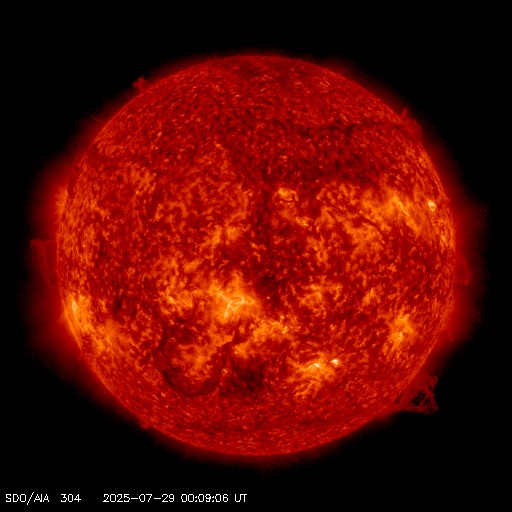
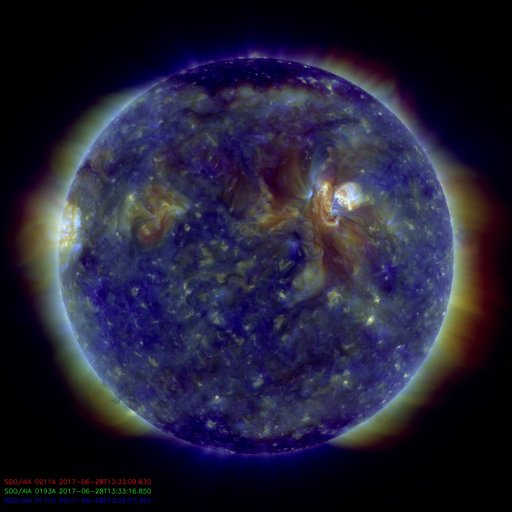
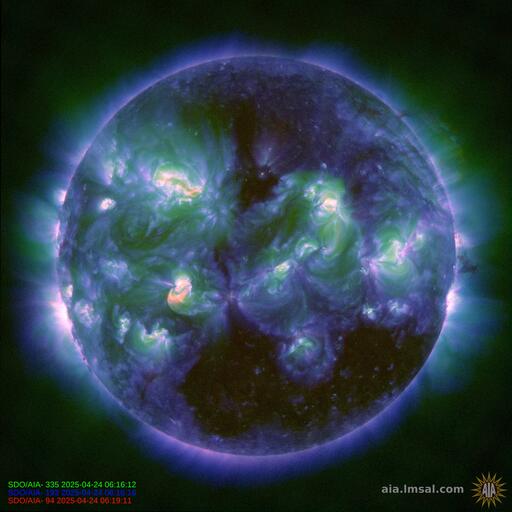
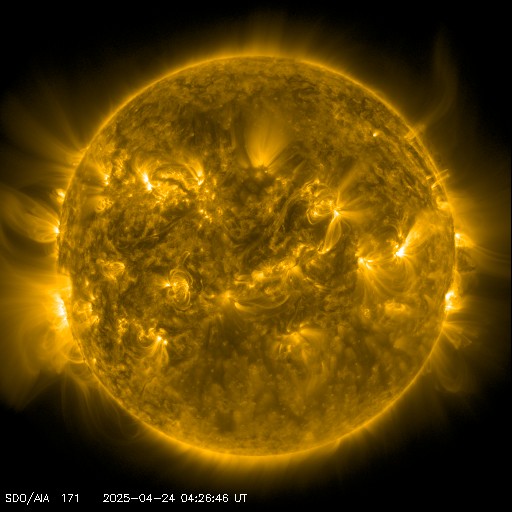
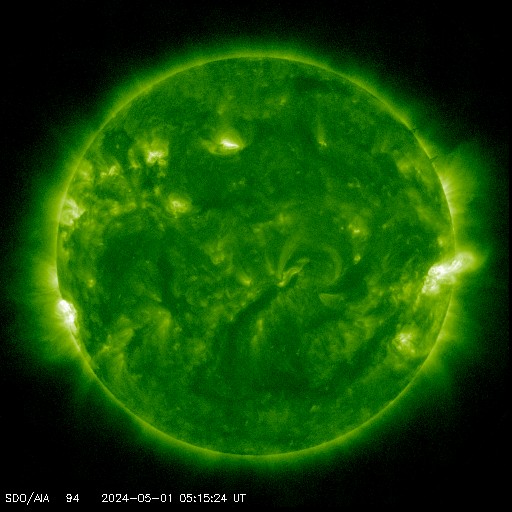
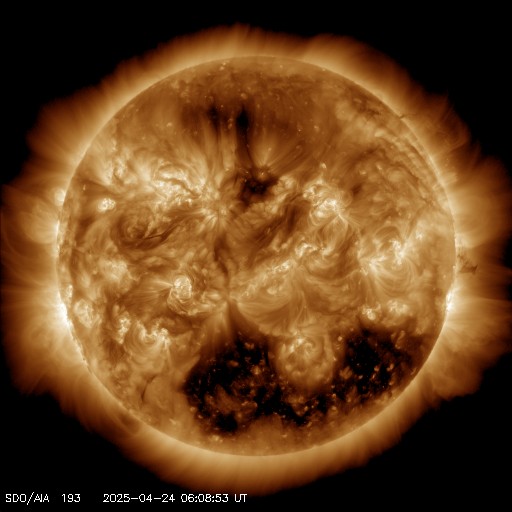





.gif)


